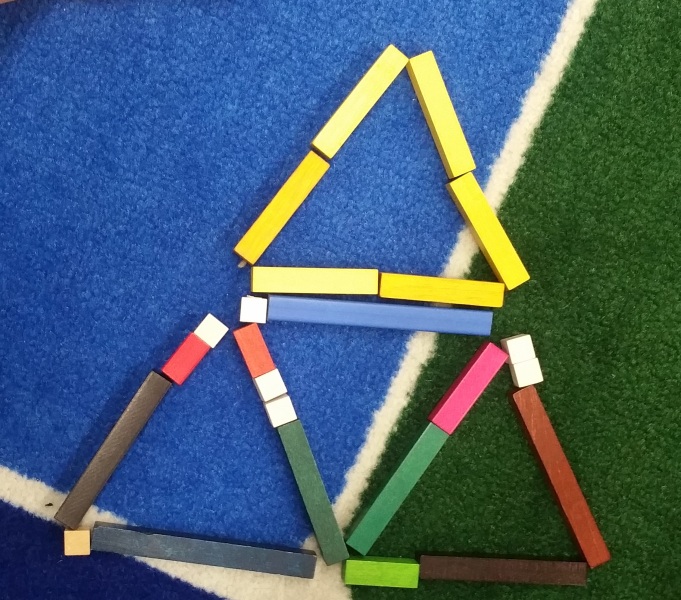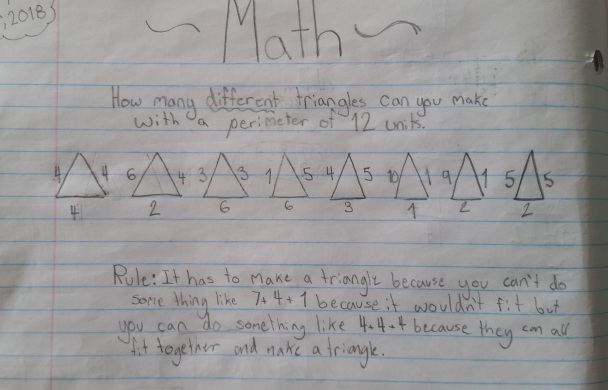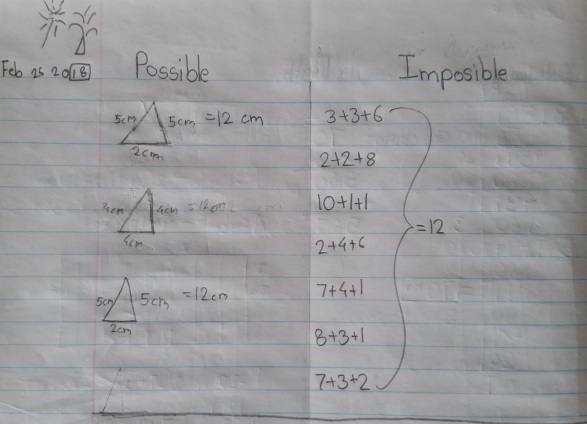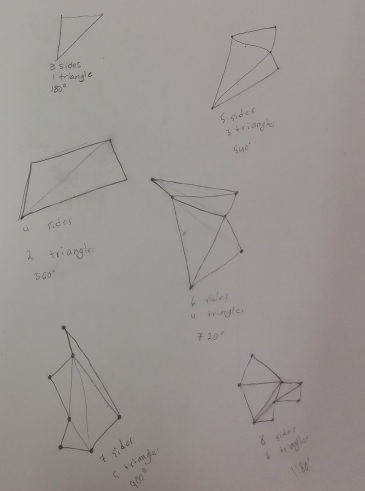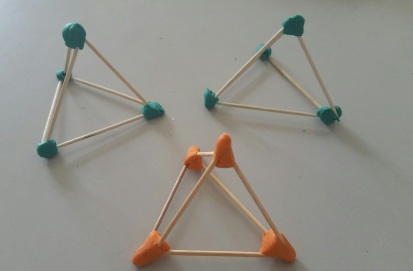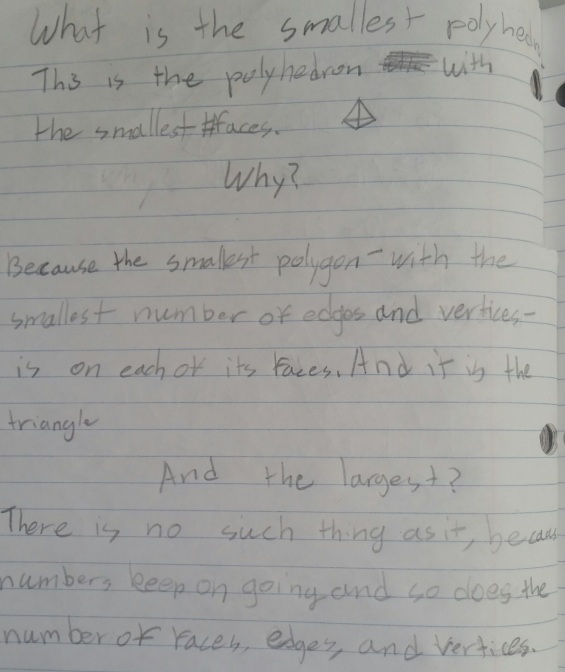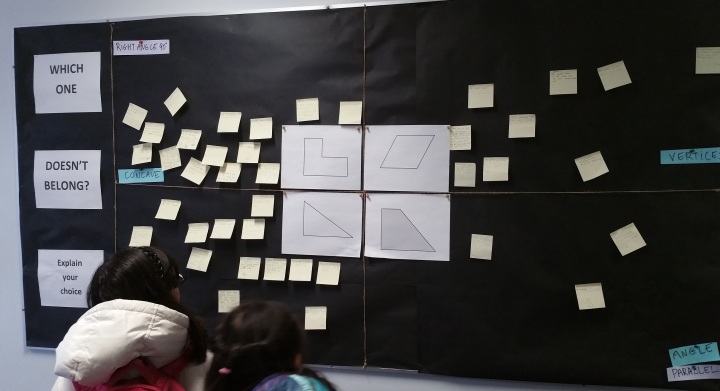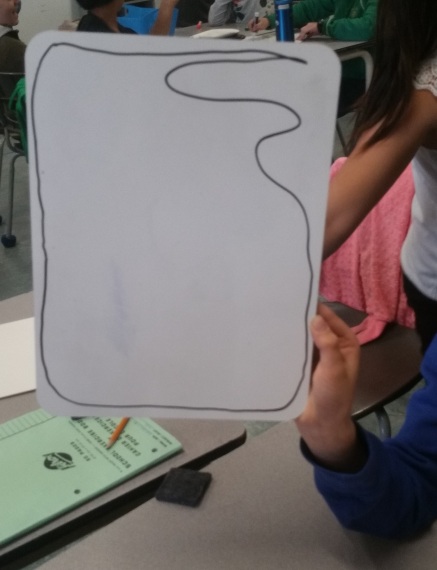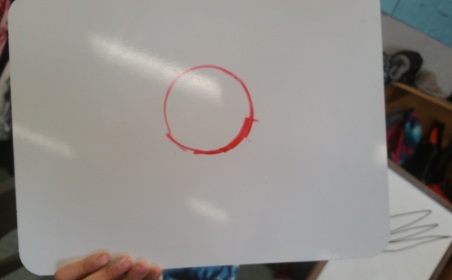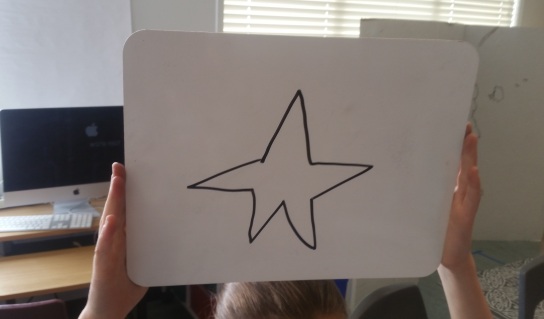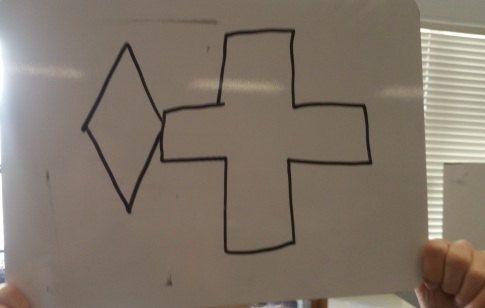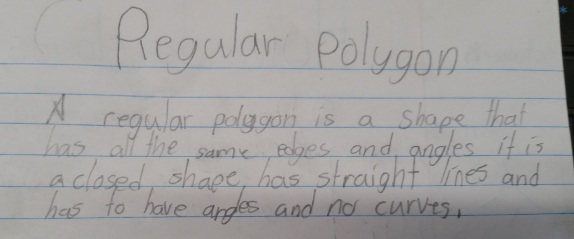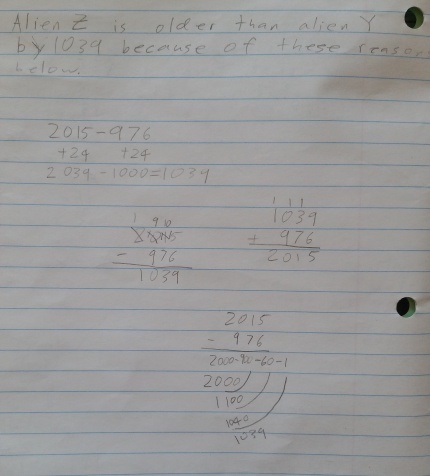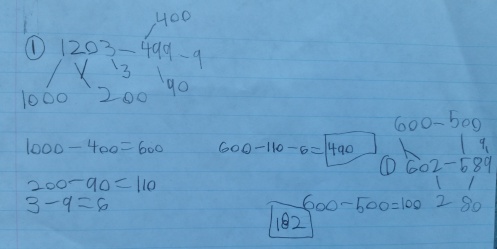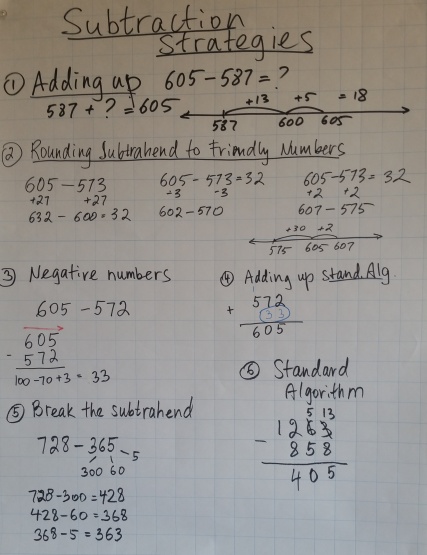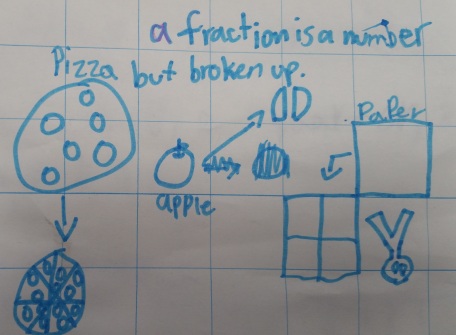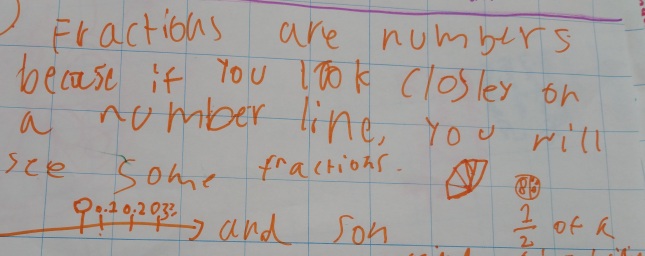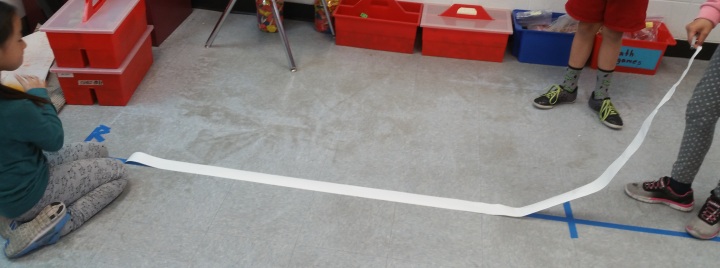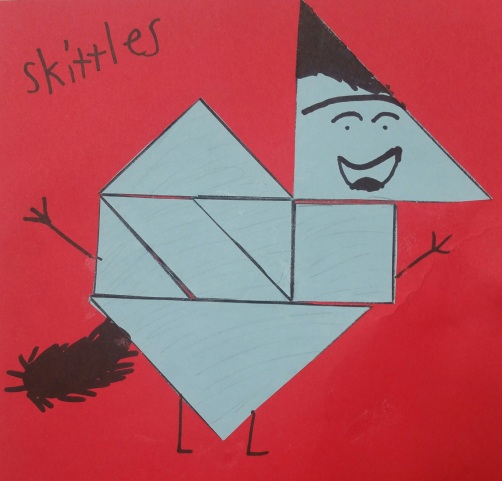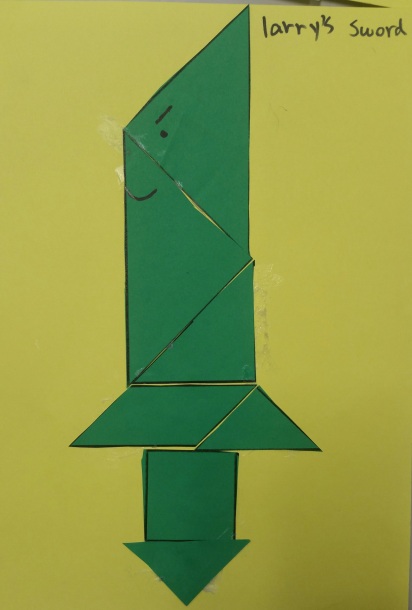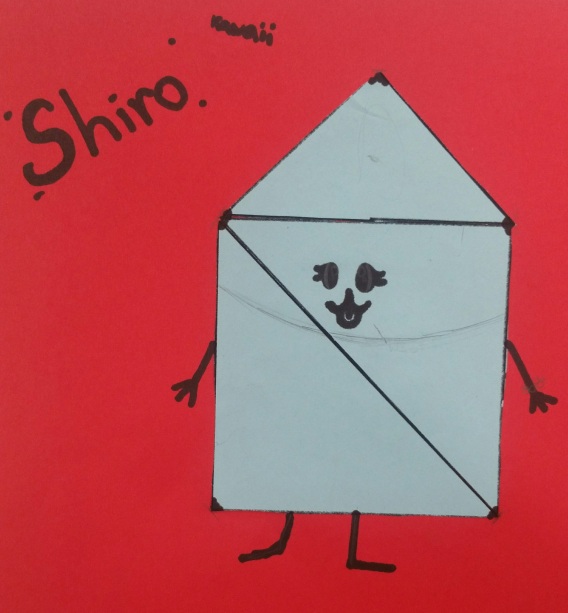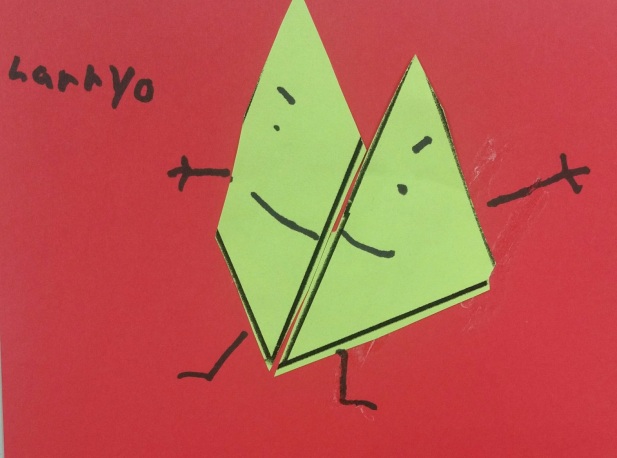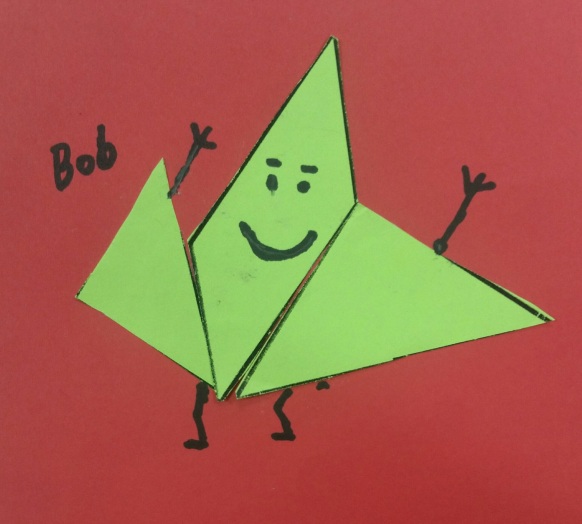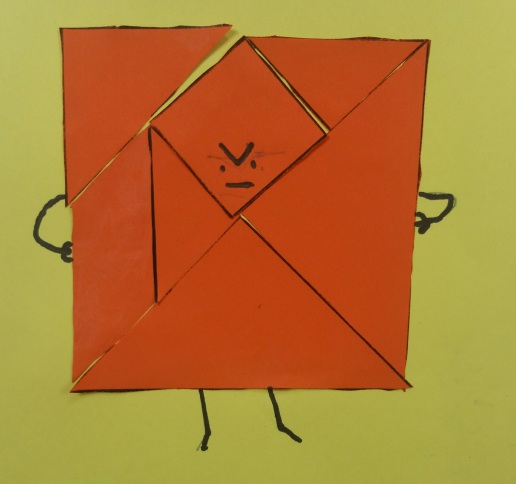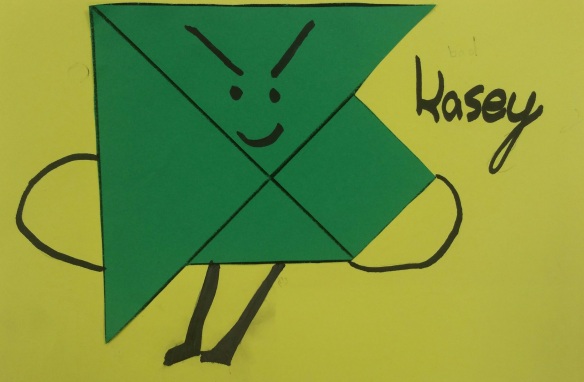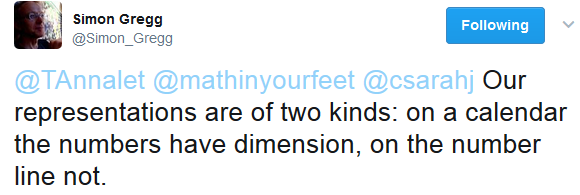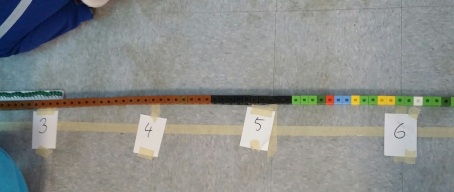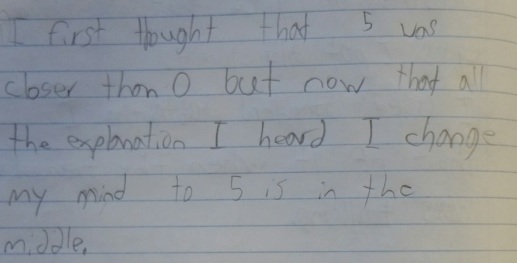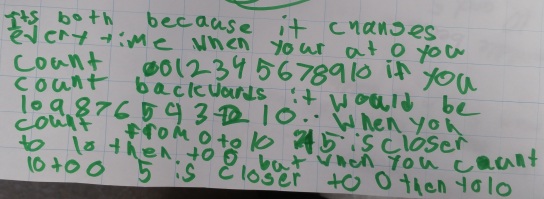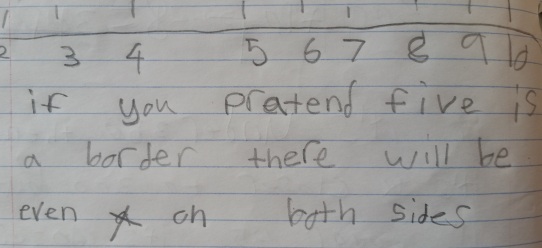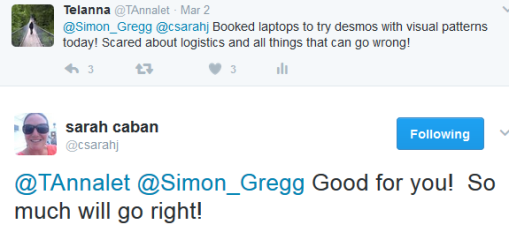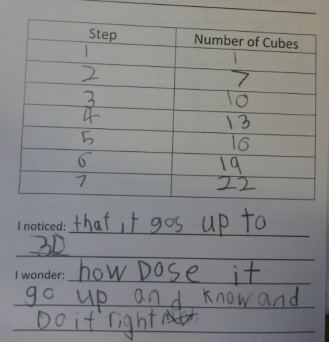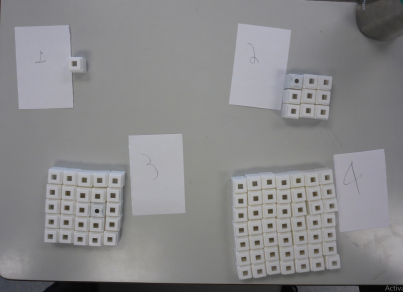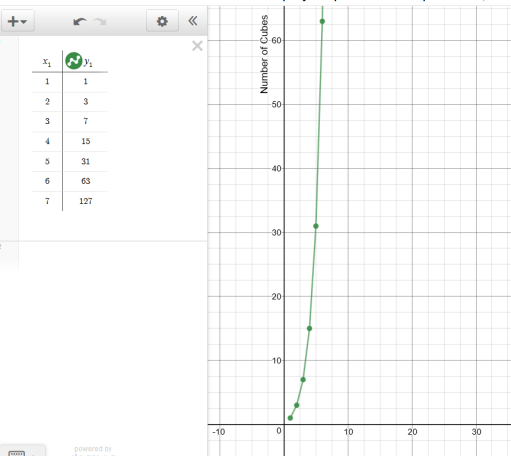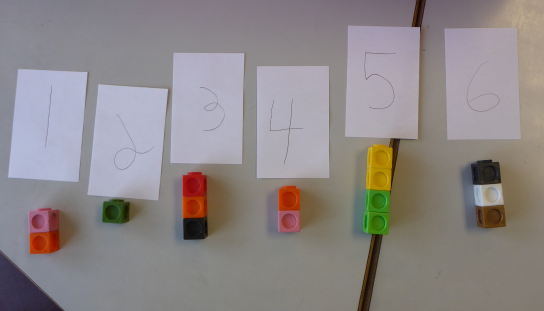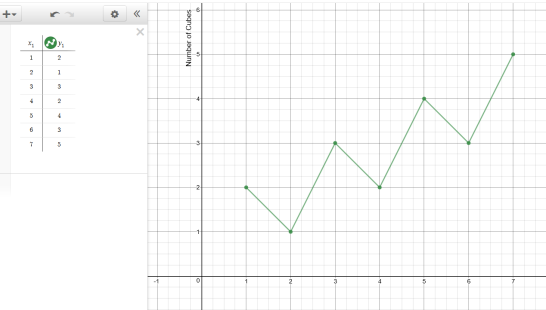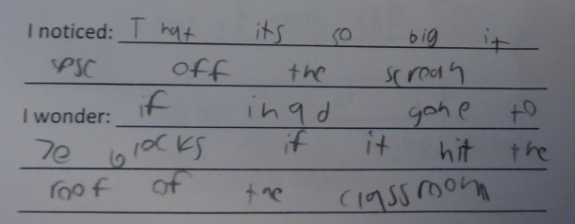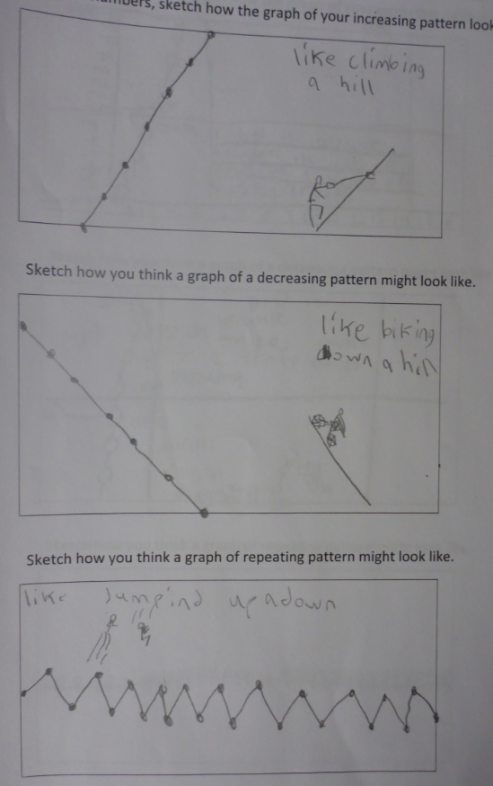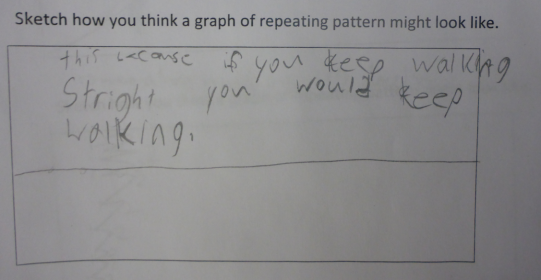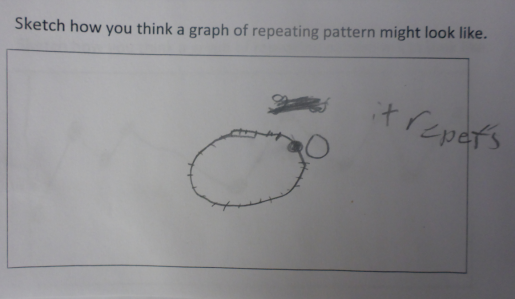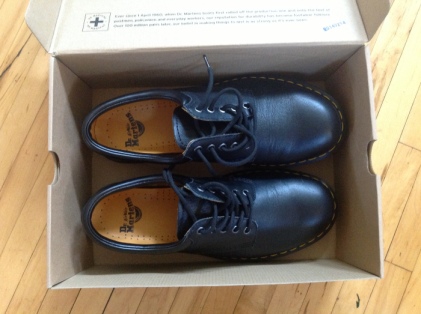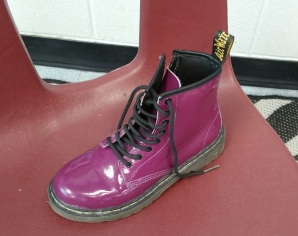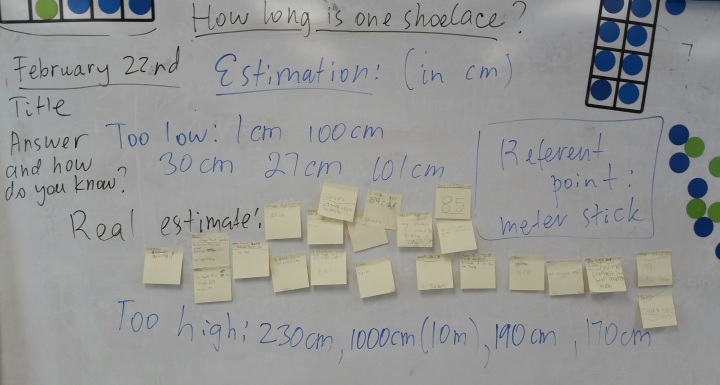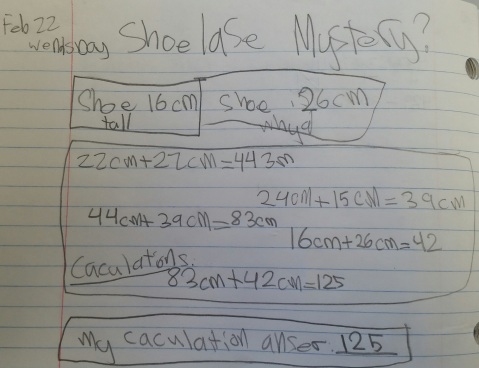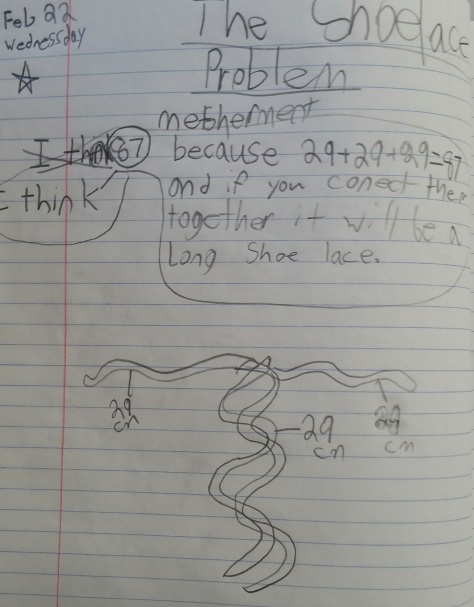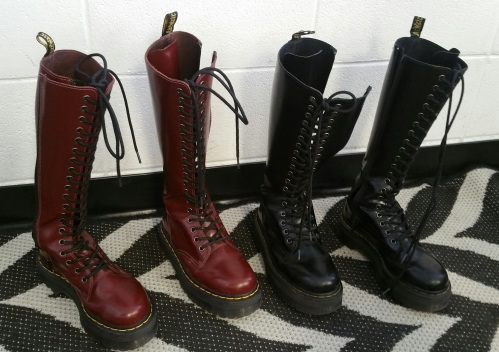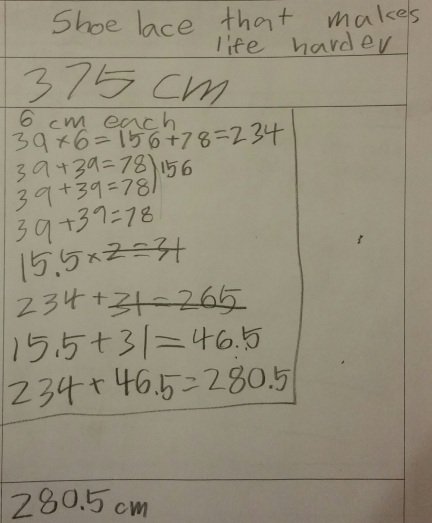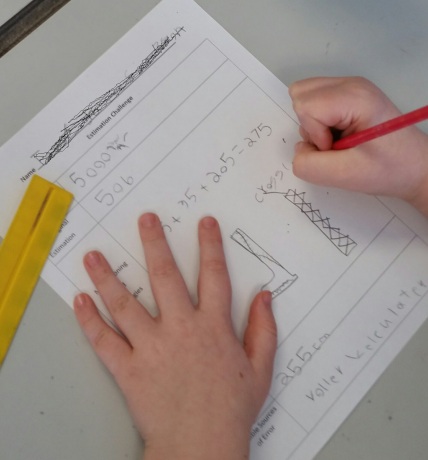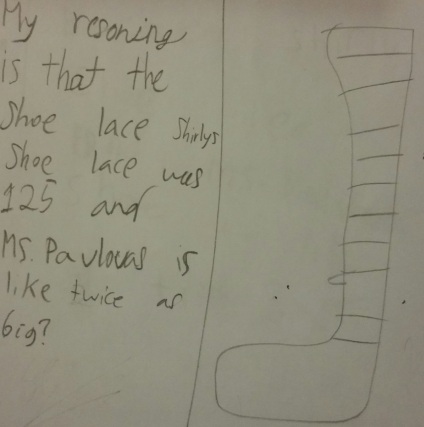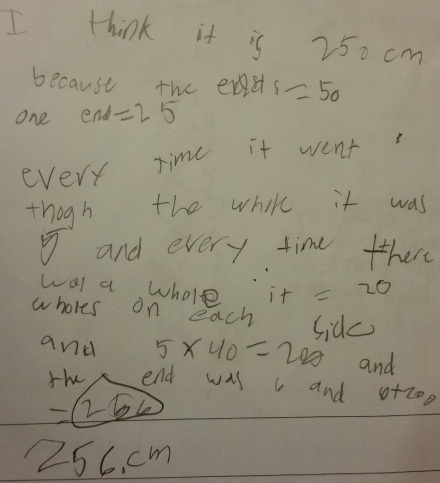When I tried to write my “math autobiography” before, it didn’t go well. Looking at the past, I am not sure how I felt about the subject and what experiences made me abandon it for almost twenty year.
I was born in USSR, Kazan, and started my education in German bilingual school. I was obsessed with academic performance: I remember having a complete meltdown when I got A instead of A+ in German in grade 2. I also remember I loved math in elementary, but I am not sure if it’s because I loved the subject or really liked the teacher. So I eventually got the reference to the Junior High Mathematics and Physics school affiliated with the Kazan State University. I had to write an entry exam; I ended up with high enough score to get in. I don’t have good recollection of my time at this school as I suspect it was when the teenage years had hit me, and school suddenly stopped being a priority it once was. I vaguely remember something about 3D coordinate system and vectors. Also, I loved algebra. But math was suddenly hard and all the effort didn’t seem to be worth it; I lasted 2 years.
In the meantime, Soviet Union collapsed and the education system went wild. New schools and Lyceums were approved and opened on every corner. I have moved to a humanities school where I studied Latin, history of art and architecture, international literature, philosophy… I did not have to take any high school math: there was a general math/science course jumbled together which I would now define as lacking rigour, content and structure. Or maybe there was rigour, content and structure, but I don’t remember it – it happened couple of times a week anyways.
In the next 20 years, I spent two years studying linguistics, got Masters in Philosophy, moved to China and learned Mandarin and English, moved to Canada and got a teaching degree, and finally, five years ago, ended up teaching grade 4 in Calgary. When I looked at the Program of Studies, I realized I don’t remember how to do long division. Then I suddenly realized that math is becoming the subject I love to teach. So I thought I might again love to learn it.
I watched this video that I found on Tracy Zager’s companion website to her book Becoming the Math Teacher You Wish You’d Had. It made me sad and angry at someone, I don’t know who. I thought that I am walking around with a blindfold, and a big aspect of the my life is hidden away from me because I never bothered to look. I enrolled in Introduction to Calculus online for-credit university course.
My exact thoughts were: How bad a first year university course can be? Well, as I found, for someone with my math background it can be crushing.
Important things I believe have made me a better teacher:
- When I read twitter/blog posts about how intuitive and easy math should be it makes me upset, because it isn’t easy for me. “It’s easy” in the classroom is painful. “It’s easy” anywhere is painful, with best intentions.
- I am that kid with “crazy gaps in my background knowledge”. I do need to identify and work on the gaps. I will be stuck if I don’t address this. So are my students.
- I cried, and not once. I threw my notebook against the wall yelling that I’m stupid. I believe, I have a positive mindset and enough grit. My students need to have a way out when they feel that their struggle is destructive, because it can be. I should never dismiss their tears. How can I offer them a way out of a stressful situation without offering a way out of math?
- I would have never made it alone. I complained into the twitter space that I am about to quit my Calculus course. Paula Krieg told me to “talk to us”. I can’t find a tweet but it really made a difference. I want to thank David Butler, John Golden, Amie Albrecht , Sarah Caban, Brian Penfound , Simon Gregg and all #mtbos who helped me to make it through.
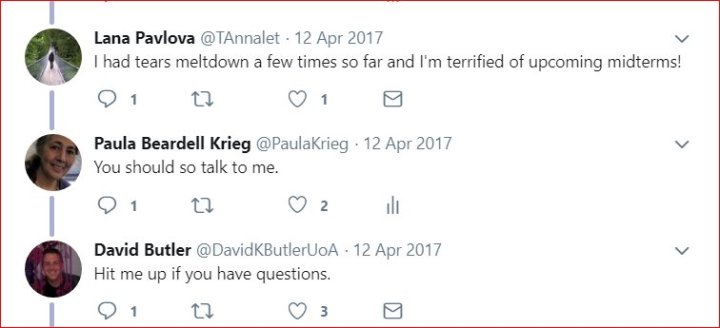
Today I wrote my Linear Algebra final exam, and I am now enrolled in a program that will take care of entertaining me with the math courses for the next 3-4 years. The most important thing I learned from studying mathematics is that when I needed to talk to someone, I found a community. Thank you, #mtbos. Now, I need to make sure I create this community in my classrooms.
